11 Must-Try Waterfall Hikes in Los Angeles
All waterfall hikes in L.A. have one thing in common—unbeatable views of terrific cascades. Here are the ones to try next.
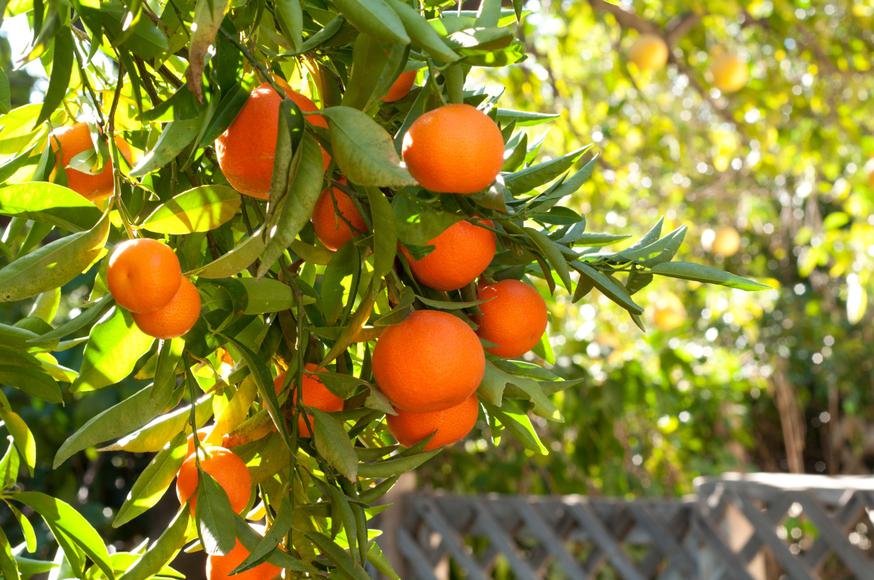
Nurture your body with the best California-grown superfoods for immunity—keep your energy levels high, your mind sharp, and your skin glowing. The Golden State is all about locally grown food that tastes great, and much of the produce harvested here is essential to strengthening your immune system. With fall (a.k.a., cold and flu season) right around the corner, it's even more important to consume a vast array of fall produce.
While health trends come and go, there's no question that if you're looking to prevent a cold or flu, your initial step should be visiting your local farmers market or grocery store. Once you have your haul, incorporate powerful immune-boosting produce into your next meal to increase virus resistance and improve health.

Does your business rank among the best in California?
nominate a businessLearn more about our selection criteria and vetting process.
When the flu or cold takes hold, most people immediately turn to vitamin C. That's because vitamin C increases white blood cell production and strengthens your immune system. Nothing screams vitamin C more than citrus fruits. Since the body can't produce or store vitamin C, it's recommended to get your fill of oranges, grapefruits, clementines, tangerines, lemons, and lime. There are various ways to get your hands on fresh citrus in California, from local farmers markets to CSA box subscriptions.
How much citrus should I eat per day? The recommended daily intake of citrus should be between 65 and 90 milligrams—a small glass of freshly squeezed orange juice or a whole grapefruit will do.
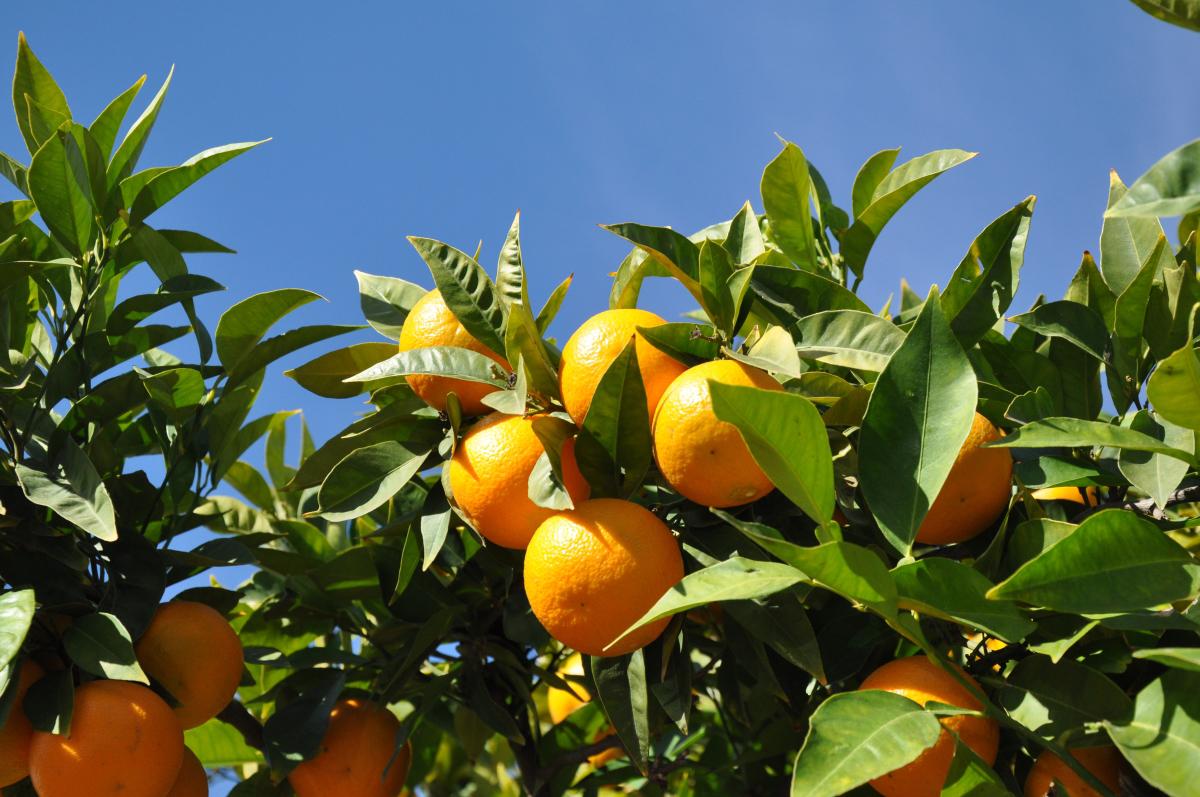
California is the land of oranges—they just so happen to be the most-consumed fruit in the state. Tulare County is responsible for half of the state’s orange production and sales. Orange is one of the top fruits that boost the immune system, so it is a staple during cold and flu season.
Looking for a flavorful citrus hybrid? Find Oro Blanco at your local farmers market. Coined as White Gold, this cross between no-acidity pomelos and white grapefruits was created at the University of California in 1981. The spectacular blend brings forth sweet, juicy, and seedless goodness and may just as well be considered the most delicious fruit in the citrus family.
California is currently producing more lemons than all of Europe combined. (Imagine growing more lemons than an entire continent!) The demand for lemons in the Golden State cannot be denied; the bright, tangy fruit is a popular item thanks to its versatility, and the number of California lemon growers has increased. Some producers even offer delivery, including Pearson Ranch, which can deliver 20 pounds (roughly 45-62 lemons) straight to your doorstep. Start stocking up for cozy tea-drinking this fall.
Unlike oranges—which are primarily grown in the Central Valley and along the Central Coast—grapefruits are grown in Southern California. Grapefruits will add a refreshing touch to your salads and nourish your body with various vitamins and minerals.
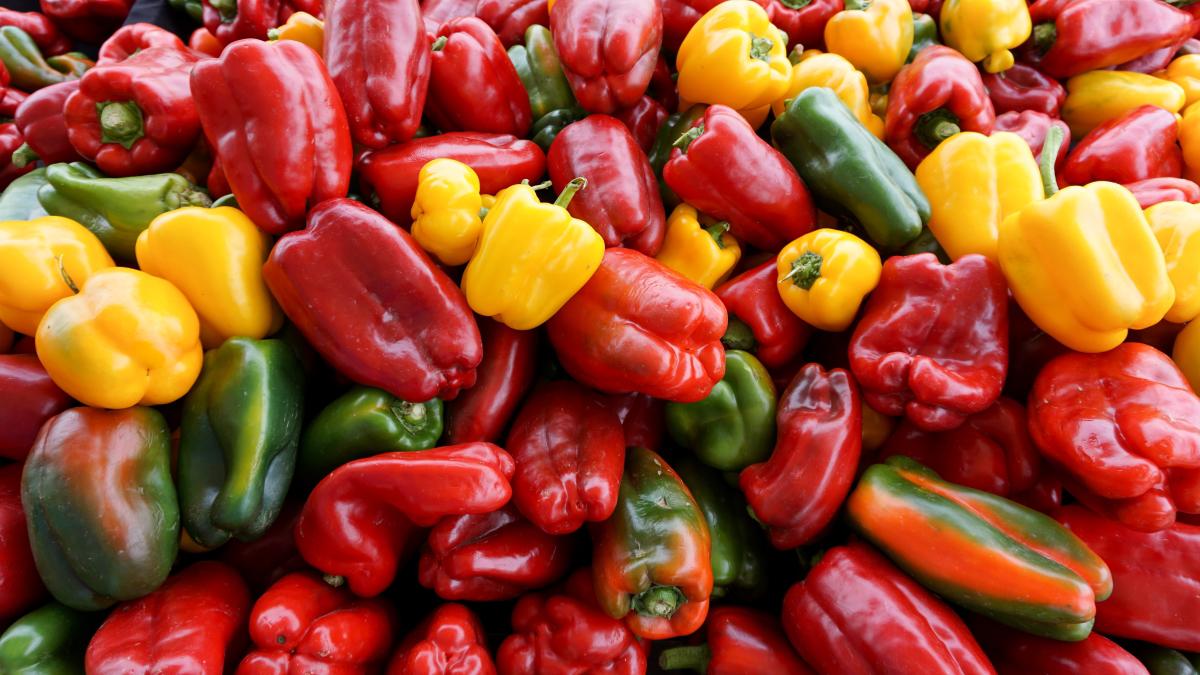
Red bell peppers are packed with vitamin C—they contain almost three times more vitamin C than oranges—making them one of the top foods that boost your immune system. Due to their red pigmentation, these peppers are also rich in beta carotene, a provitamin A carotenoid that the body then changes to vitamin A.
For the optimal intake of vitamin C, chop up these red vegetables and eat them raw (or dip them in a bit of hummus). You can also use the bell peppers in your salads for additional crunch or throw them in a stir fry dish with olive oil, garlic, basil, and tomatoes and finish it off with a touch of Parmesan.
How much bell pepper should I eat in one day? Ideally, your daily intake should be around 75 to 180 micrograms per day. This is equivalent to one medium bell pepper.
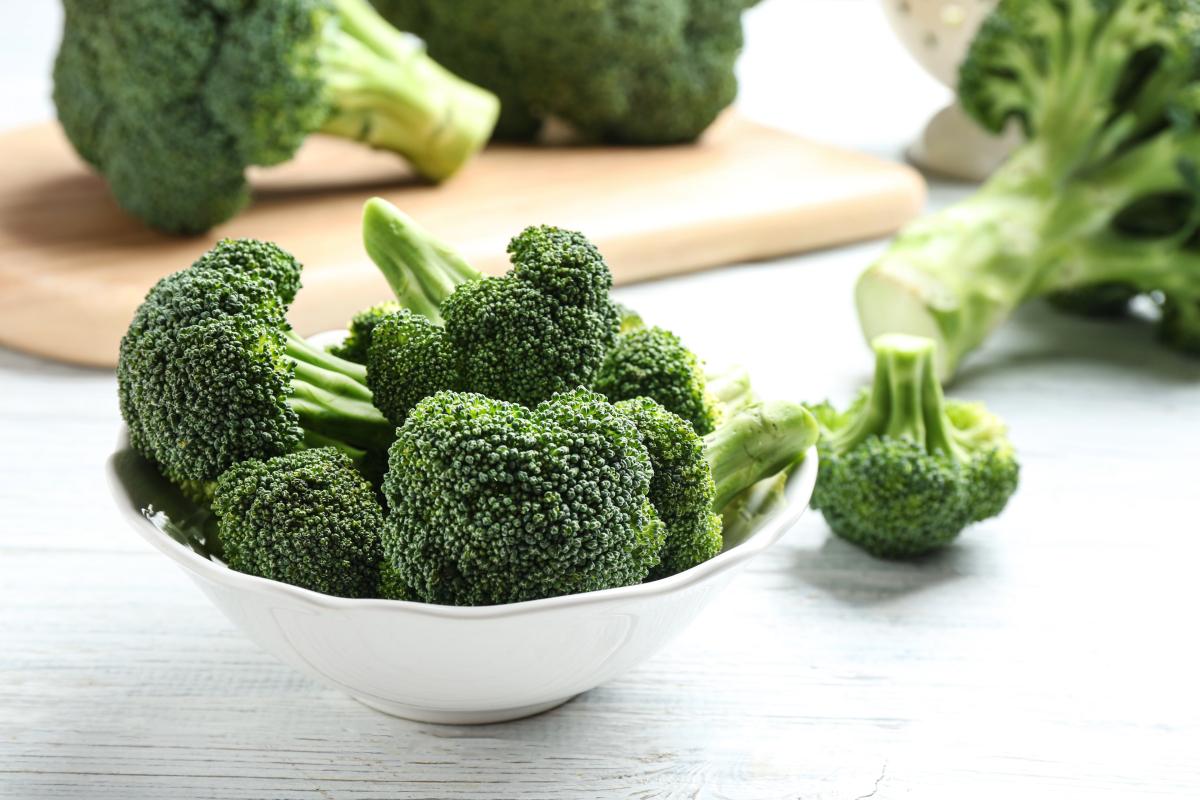
Topping the list of broccoli production, California grows almost 90 percent of the nation's broccoli. Talk about a super vegetable—broccoli contains copious amounts of minerals; vitamins A, C, and E; fiber; and antioxidants. While broccoli is one of the healthiest vegetables you can put on your plate, the key to consuming it is to eat it raw. If need be, you can apply minimum heat through steaming, but it's definitely better to eat it fresh and add it to a salad.
How much broccoli should I eat? There is no definitive dietary recommendation for daily broccoli intake. Just try to incorporate it into your meals when you're in need of an immunity boost.
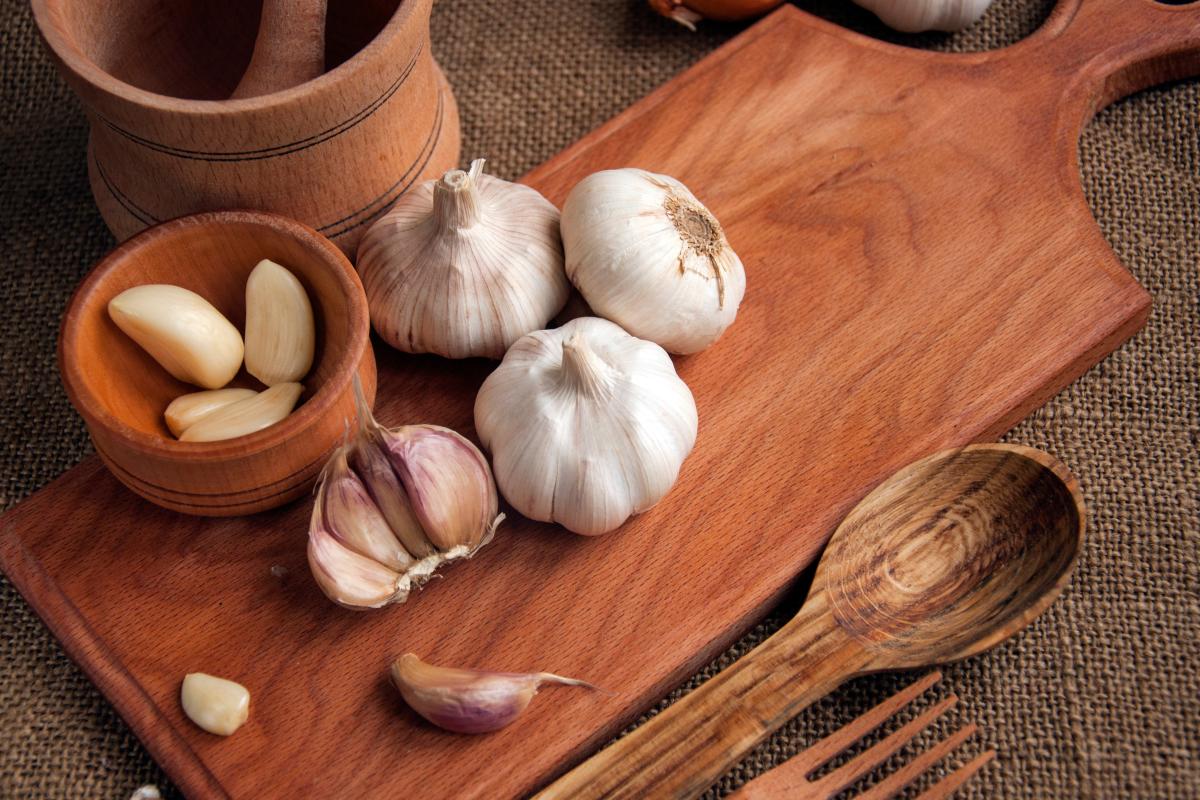
Garlic is a staple in every diet and is featured in almost all savory dishes. Its addictive taste also has innumerable health benefits: The vegetable decreases blood pressure, lowers the risk of heart disease, and even reduces the risk of certain types of cancer. Garlic presents remarkable concentrations of sulfur-containing compounds, which aid in immunity-boosting abilities and the potential to fight off infections.
In recent studies, participants who took garlic supplements showed fewer signs of catching a cold, and infected patients recovered quicker with garlic. To immerse yourself in the garlic-y goodness, be sure to visit Girlroy's Garlic World, established in 1986, which specializes in everything garlic. (Plan your trip in time for the Gilroy Garlic Festival.)
Garlic is one of the easiest vegetables to work with. You can add it to your pasta sauce, put it on top of your steak, or give it a quick roast on the fire to enjoy as is. You can even add raw garlic to your salad dressings and other sauces.
How much garlic should I eat per day? To reap the benefits, the recommended daily intake of garlic should be around two to three cloves.
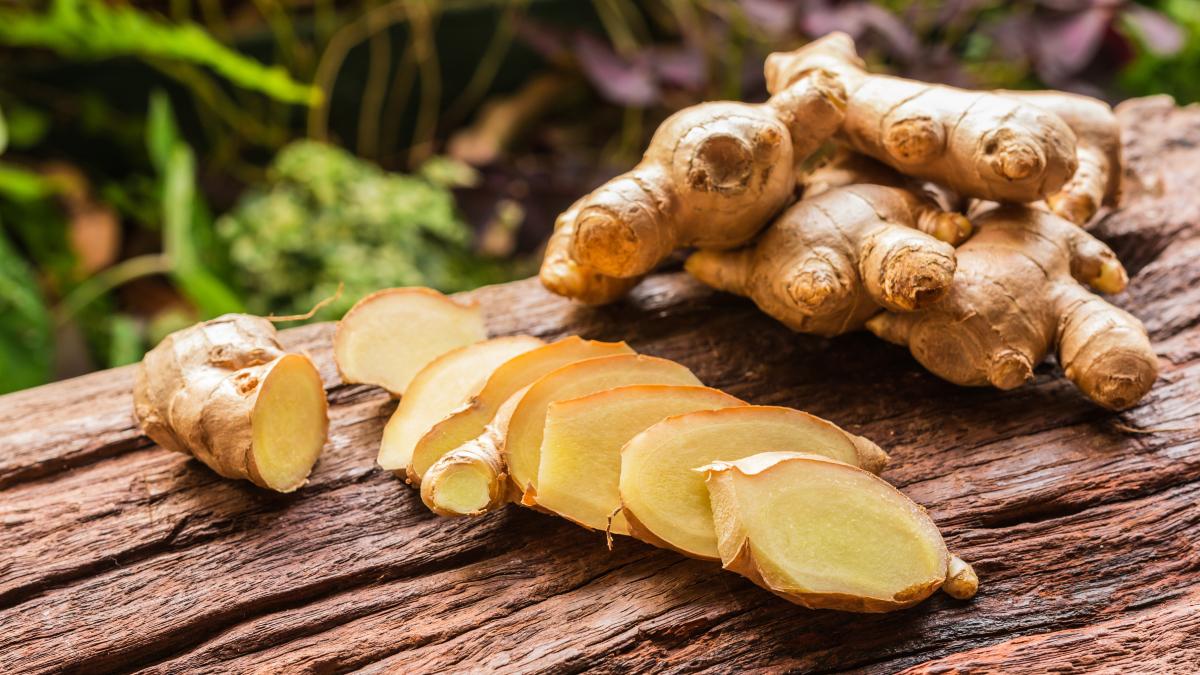
Ginger is yet another chief ingredient with ideal characteristics to fight off illnesses—ginger decreases inflammation, a rather important benefit when dealing with swollen glands and sore throats. Gingerol, a phenol phytochemical compound found in fresh ginger, can also decrease pain and ward off nausea.
Ginger is very versatile and is used in both desserts and salty treats. If you're a fan of the ginger root, thinly slice ginger and boil it for 10 minutes before serving it with lemon for a refreshing cup of afternoon tea.
How much ginger should I consume per day? The recommended daily intake is roughly around three to four grams.
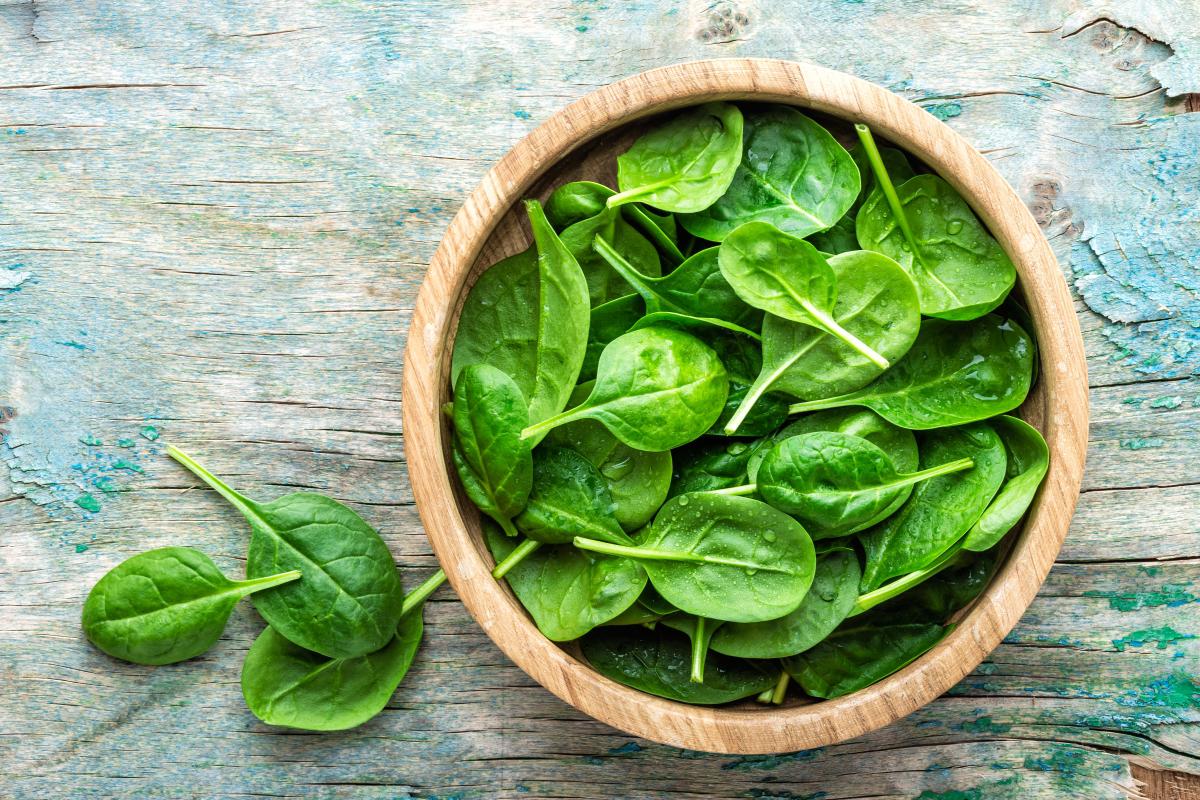
Half of California’s spinach is grown in the Central Coast area of Monterey-Salinas. The veggie is rich in vitamin C, antioxidants, and beta carotene—all of which increase the ability to fight off infections. Similar to broccoli, spinach is more beneficial when consumed raw or lightly cooked so the body can fully absorb vitamin A and the other nutrients released.
To incorporate more spinach into your diet, try blending it with fruits for a healthy smoothie or lightly sauteing it with garlic for an excellent side dish.
How much spinach should I eat per day? The recommended daily intake varies between half a cup (cooked) and one cup (raw) per day.
Your body’s immune system is the first line of defense against infections. The stronger your immune system, the slimmer the chances are you'll get sick. Aside from eating enough immune-boosting foods, there are a few other measures you can take to keep yourself healthy. By combining the small changes in your diet with a wellness routine, your immune system will show visible improvement.

Although it's easier said than done, it's essential to manage your stress levels. Chronic stress subdues the immune response by releasing a hormone known as cortisol. This hormone interferes with a specific type of white blood cells when in action. Practices such as yoga, meditation, and deep-breathing exercises will help you regulate your stress and sleep better at night.
Maintaining a regular workout schedule has been scientifically proven to help boost your immune system. Exercising will help mobilize your T-cells—white blood cells in charge of guarding the body against infection. For an extra dose of vitamin D and serotonin, step out into the radiant California sun and get in a relaxing workout session.


All waterfall hikes in L.A. have one thing in common—unbeatable views of terrific cascades. Here are the ones to try next.

Discover how to track and prepare for meteor showers in California for a spectacular celestial viewing experience.

Ditch the busy Spring Break crowds and check out these fantastic, underrated spring travel destinations in California.

Gaze into California's amazing sunsets with our exploration of the top sunrise spots in California.

